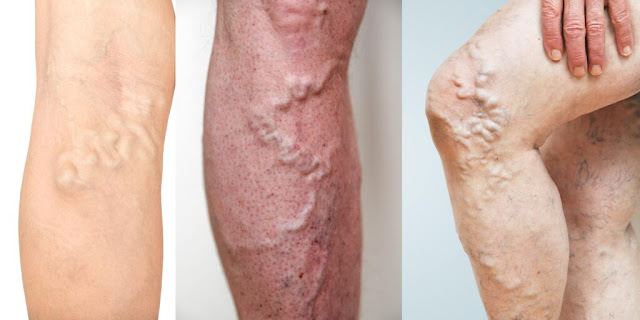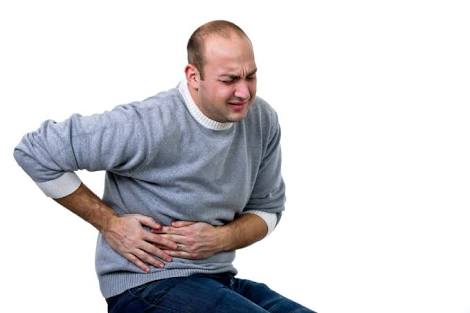Deep vein Thrombosis (DVT)
Deep Vein Thrombosis (DVT)
What is it?
Deep vein thrombosis or DVT is the development of a blood clot in a large vein. These clots show up most commonly in the lower extremities, particularly the thigh. Women are more susceptible to clots during pregnancy and delivery and particularly in the post partam period. This happens because nature wisely worried about too much bleeding at childbirth tends to increase the blood's clotting ability, occasionally too much. Another factor that can contribute is the enlarged uterus, which makes difficult for blood in the lower body to return to the heart. If untreated a DVT can result in the clot moving of the lungs and becoming life threatening.
How common is it?
DVT occurs in 1 in every 500 to 2000 pregnancies including the post partum period. DVT is more common if you are older, over weight, a smoker have a personal or family history of clots or have hypertension, diabetes or a variety of other conditions, including vascular disease. Prolonged bed rest with little activity can also put you at higher risk of DVT, as can long place rides.
- A heavy and painful feeling in leg.
- Tenderness in calf and thigh
- Slight to severe swelling.
- Distension of superficial veins
- Calf pain on flexing the foot, (turning the toes up towards the chin).
- A heavy and painful feeling in leg.
- Tenderness in calf and thigh
- Slight to severe swelling
- Distension of the superficial veins
- Calf pain on flexing the foot, (turning the toes up towards the chin).
- Chest pain
- Shortness of breath
- Coughing with frothy blood stained sputum.
- Rapid heartbeat and breathing rate
- Blueness of lips and finger tips
- Fever
- Ultrasound : May be used to diagnose a blood clot in a leg.
- Special Scan - Ventilation Perfusion A CT study can diagnose a clot in a lung. If it turns out that you do have a clot you might be treated with heparin.
- Getting enough exercise
- Avoiding long periods of sitting will help you do this.
- If you have to fly get up and move around every hour or two.
- Do ankle roll exercise while you sit.
- Take stretching breaks frequently during long car rides too.
- Staying well hydrated also prevents a blood clot.
- If you 're at a high risk, you can also wear support hose to prevent clots from developing in your legs.
- If you have been put on bed rest, take steps to reduce you risk.
- Lung clot is treated with Heparin to thin your blood and prevent further clotting. (Though the Heparin may be discontinued as you near term to prevent you from bleeding excessively during delivery). Your clotting ability will be monitored along the way.
- Surgical method for permanent relief from DVT.
- Open Thrombectomy.
- Thrombolysis.
- Penumbra system.




.webp)



Comments
Post a Comment